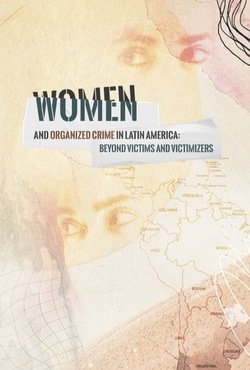By Maloney, William, Marcela Melendez, and Raul Morales
The report titled “Organized Crime and Violence in Latin America and the Caribbean” underscores how these issues exacerbate the region's already fragile economic landscape. Latin America and the Caribbean are projected to grow by 2.1 percent in 2025 and 2.4 percent in 2026, positioning it as the slowest-growing region globally.
The region grapples with alarmingly high levels of lethal violence linked to organized crime. Victimization rates are three times higher than the global average, with homicide rates standing at eight times the global average.
The report outlines several factors contributing to the rise in organized crime, including escalating global demand for illegal goods, government crackdowns that have reconfigured criminal networks, and the COVID-19 pandemic, which allowed these groups to solidify their power in areas where state presence is weak.
“Organized crime is rapidly proliferating across the region, transcending domestic borders and becoming a pervasive threat. This is no longer an isolated issue; it demands a regional and global dialogue to elevate solutions and mobilize our collective expertise and resources,” said Carlos Felipe Jaramillo, Vice President for Latin America and the Caribbean at the World Bank.
This proliferation has clear development consequences. The report outlines how it threatens public safety, stifles economic growth and erodes the integrity of public institutions. The uncertainty surrounding property rights, rampant extortion, and pervasive insecurity inflate transaction costs for businesses, undermining competitiveness. Moreover, the diversion of public security resources from essential services like health and education burden countries already facing high debt and fiscal challenges.
“Fighting organized crime is not merely a law enforcement issue; it’s a development priority. It undermines governance, distorts investment, and exacerbates inequality. We must address this issue head-on to prevent it from becoming a permanent drag on growth,” said William Maloney, Chief Economist for Latin America and the Caribbean at the World Bank.
To address these challenges, the report calls for a robust agenda to enhance state capacity against organized crime, including police reform, improved prison systems, and strengthened judicial processes. Well-equipped institutions are key to achieving growth and development in the region.
Economic policies also play a crucial role in combating organized crime, promoting growth and job-creating reforms while providing youth with options through improved education and training. These initiatives raise the opportunity cost of crime, reducing its labor supply.
Finally, the report stresses the need for long-term research to inform government actions, as the absence of regular, comparable surveys hampers the development of effective policies
Washington, DC: World Bank, 2025. 92p.










